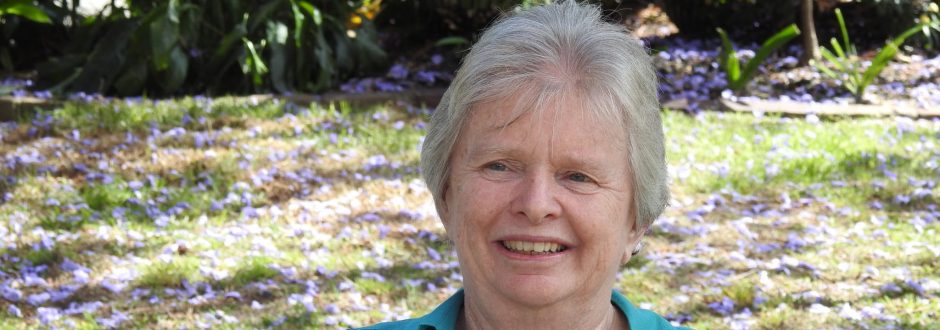There is no single dimension of the Resurrection that can provide us with a comprehensive understanding. But symbols assist us as we seek understanding, writes Good Samaritan Sister Clare Condon.
BY Clare Condon SGS
In the next two weeks we will experience the most important feast in the Christian calendar. It will be a long weekend here in Australia. But not every Christian country celebrates this key feast with two national public holidays on Good Friday and Easter Monday. There is no such national holiday break in the USA. There, it varies from state to state.
So here in Australia, how are these public holidays now celebrated? What is the meaning given to them when the latest census data of 2011 indicates that over 30 per cent of the nation’s population has a religious faith other than Christian or no religious affiliation at all?
As I walk into any of the major shopping centres in an Australian city, Easter is portrayed as a celebration of food, namely hot cross buns and chocolate eggs. There are no other reminders of the primacy of this central feast of Christianity – the celebration of the death and resurrection of Jesus Christ.
Yet hot cross buns, chocolate eggs and bunny rabbits all have their origins in the meaning of Easter resurrection and the power of life over death. They became symbols at different times and in different places of the mystery of new life emerging in the northern hemisphere springtime, and of the excitement of the mystery of Resurrection and eternal life.
The BBC reports that if you Google the term “hot cross buns” you will find a variety of theories that even go back to Roman times. Some argue that they are a Saxon thing, or even that they are a pagan, rather than Christian item.
“You will very often see a suggestion that a twelfth-century monk first incised a cross on a bun. Yet another recent theory tied the tradition of the buns to a monk in fourteenth-century St Albans.”
And, the exact origins of the Easter bunny, says Time.com, are also clouded in mystery.
“One theory is that the symbol of the rabbit stems from pagan tradition, specifically the festival of Eostre – a goddess of fertility whose animal symbol was a bunny. Rabbits, known for their energetic breeding, have traditionally symbolised fertility.
“Eggs are also representative of new life, and it’s believed that decorating eggs for Easter dates back to the thirteenth century. Hundreds of years ago, churches had their congregations abstain from eggs during Lent, allowing them to be consumed again at Easter. According to History.com, in the nineteenth century Russian high society started exchanging ornately decorated eggs – even jewel encrusted – on Easter.”
Yet in our society these symbols have become so commercialised and so removed from the reality that they are meant to signify. They are simply a commodity to consume at a family gathering or a holiday party with no identification with the feast that they signify – the death and resurrection of Jesus Christ.
This mystery of life after death or some form of eternal life is no doubt the most challenging reality for us humans to grasp. We are people of this earthly life, people of flesh and blood. To leave ourselves open to a belief that there is more to this earth draws on a profound faith and a deep humility; a humility that recognises that we are but creatures of an extraordinary merciful God.
At the Easter Vigil celebration, the Church’s liturgy invites us to trace the biblical story of this mystery of salvation and come to some understanding of a life beyond the here and now, and to see that life centred on the resurrection of Jesus Christ. The liturgy uses light and darkness, word and song, water and fire as key symbols, signifying the meaning of this mystery of new life – eternal life.
We can never hope to comprehend this mystery as the culminating point of human history; yet, we can apprehend something meaningful about it. Because we cannot wrap our minds around this mystery, we are instead forced to think about it from different perspectives. There is no single dimension of the Resurrection that can provide us with a comprehensive understanding. But symbols assist us as we seek understanding.
Perhaps in our families and communities this Easter we can recover some of this profound mystery by taking some time to reflect on the symbols of resurrected life – the symbols of hot cross buns and Easter eggs, as well as the symbols of light out of darkness and of cleansing water. For it is only in symbol that we can come in humility to sense the deep mystery of the empty tomb and the resurrection of Jesus Christ, as well as our own death and birth into eternal life.
